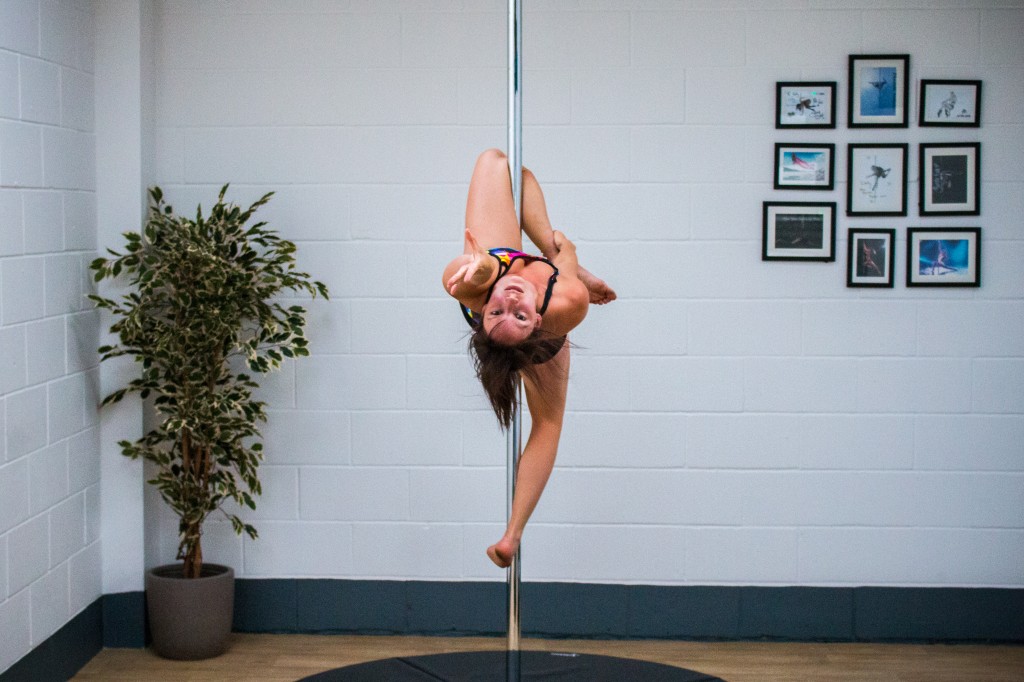

A mental health advocate/activist, Schroeder published her memoir, Beautiful Wreck: Sex, Lies & Suicide, in 2012. Stephanie Schroeder is a New York City-based freelance writer and author.

Keep reading: 7 simple tips to manage chronic pain » It’s a core foundation of the things that make life beautiful: pain relief, body acceptance, a supportive community, and a world to call their own. This art, sport, or form of dance is also an identity they’ve built and developed. They all report a dramatic change in their lives since discovering pole dancing. It’s the only time and place I’ve been fully present, and that includes not thinking about how much pain I’m in.”Īnd you can hear it in the stories of these amazing women. “I’m a pretty Type A person,” admits Kish, “but when I walk into the studio, the whole world goes away. The pain she has is still ever-present and the intensity depends on how she manages it. She has an undiagnosed issue where both of her eyes “have a squeezing fatigue-type pain all of the time.” It’s been there for a long time - since 1995. The combination made it impossible for her to keep up with the daily responsibilities of her job. Kish ended up leaving her position as VP of Marketing at Netflix due to burnout and chronic pain. “Anything that can consume you and take all of your focus, allowing you to have a break from the pain, is such a relief,” says Kish. The people who are most reluctant to come into her studio and try pole dancing often get the most benefit from it. Her journey through finding pole dancing and opening her own pole dancing business 11 years ago has provided her with insight about the activity. Kish used to work in the high tech industry and was a co-founder of Netflix. “But pole allows you to be in the moment where you’re not having pain and your body is doing really amazing things.” “You feel like you’re not really in love with your body because it’s hard to love something that is always in pain,” says Christina Kish, the founder of Poletential, located in Redwood City, CA. Many people who experience chronic pain feel like their bodies have betrayed them. And while there are risks - the most common being bruising, skin burn, and shoulder problems from hanging from one arm - these don’t outweigh the reward. Pole dancing develops the body’s core along with both upper and lower body strength.

Exercise has positive benefits for chronic pain, and pole dancing, while unconventional, can be ideal because it engages all of the body’s muscles. Exercise in general is recommended for conditions that cause chronic pain, such as fibromyalgia and rheumatoid arthritis.


 0 kommentar(er)
0 kommentar(er)
